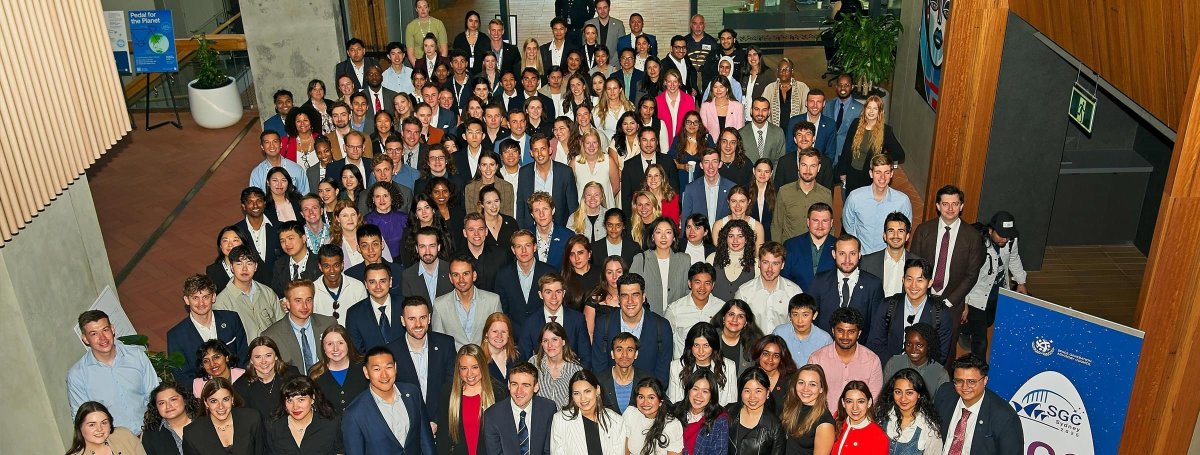Key topics discussed by representatives of the Organization were international policy on the use of outer space for the benefit of all humanity and the implementation of projects using modern satellite technologies to counter natural disasters in the Asia-Pacific region.
The IAC 2025 events brought together nearly 8,000 delegates from 99 countries. The forum was attended by heads of space agencies, cosmonauts and astronauts, industry leaders, government representatives, expert scientists and students, as well as young employees. The technical program featured more than 2,220 verbal presentations and over 1,000 interactive presentations across 200 sessions, highlighting current research, innovation, and theoretical intellectual work across all areas of the space industry. In addition to technical sessions, the IAC 2025 programme included plenary sessions, the International Astronautical Federation Global Networking Forum, the Global Space Leaders Summit, an exhibition, and other related events.
As an international space communications organization, Intersputnik actively participates in all major international industry symposia, conferences and forums, including the IAC, consistently adhering to the policy of equal and transparent cooperation among all space industry players.
At the IAC 2025, Intersputnik Executive Director Elina Morozova spoke at a session of the Colloquium on the Law of Outer Space, which discussed issues of promoting the use of outer space, and especially near-Earth, for peaceful purposes, in accordance with the letter and spirit of the international Outer Space Treaty, as well as various threats to the long-term sustainability of space activities. Elina Morozova described certain aspects of regulating the use of radio frequencies and satellite orbits from the perspective of the International Telecommunication Union (ITU) regime. The sustainable use of near-Earth orbits for satellite communications and broadcasting is particularly important for achieving the 17 UN Sustainable Development Goals. Satellite networks and communication systems used to connect the unconnected around the world are making a huge contribution to narrowing the digital divide. In this regard, one of the fundamental principles of the ITU regulations, mandatory for compliance by states and operators, deserves special attention: it prohibits causing harmful interference to internationally recognised frequency allocations. All radio equipment, regardless of its type and purpose, is required to take measures to prevent harmful interference that impedes the stable operation of civil and commercial satellite communications and broadcasting systems that provide services to the public and businesses, and that play a key role in preventing and minimising the consequences of natural and man-made disasters. Intersputnik, committed to using space communications to support UN and ITU initiatives to connect the unconnected, promotes the concept of using space for the benefit and in the interests of all countries, as well as the efficient, sustainable and provident use of radio frequencies and satellite orbits for the operation of satellite networks and systems in an interference-free environment. Only legally clear, transparent international regulation of frequency use will allow satellite technologies to become a key factor in achieving the UN Sustainable Development Goals.
At the 2025 Space Generation Congress, which was held under the auspices of the Space Generation Advisory Council on the eve of the IAC 2025, Intersputnik's Manager for Regulatory Affairs and Interaction with International Organizations, Rodion Immel, spoke on behalf of the Australia–Indo-Pacific Space Partnerships working group, where the concept of cooperation in the Australian–Asia-Pacific region to organise a system for countering natural disasters was developed. The concept is a combination of a remote Earth sensing system for early detection and warning of impending natural disasters and a communications system based on a non-geostationary satellite constellation to ensure sustainable communications in regions affected by natural disasters.
Photos © Space Generation Advisory Council & IAF

